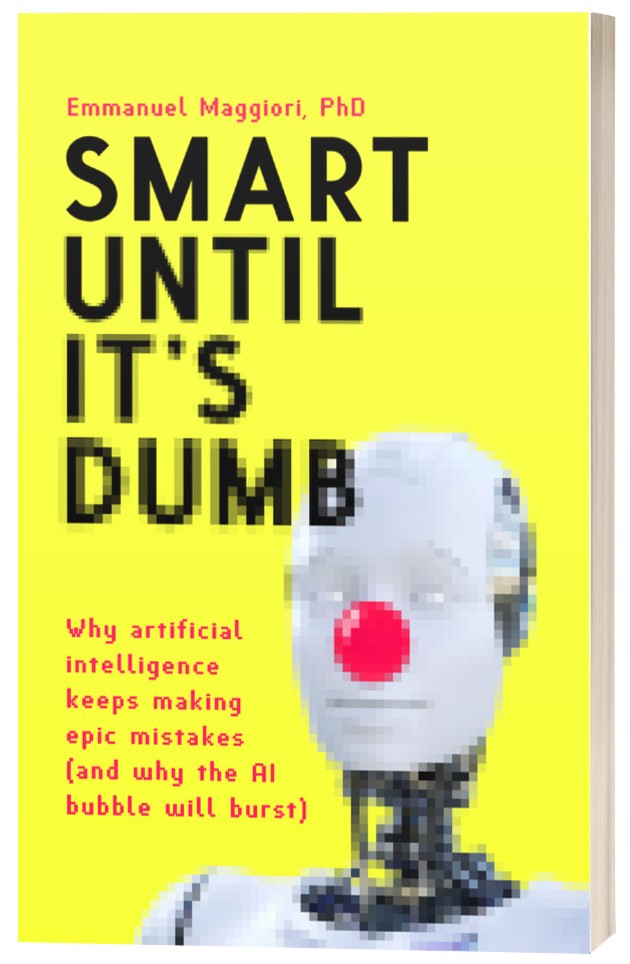In November 2022, OpenAI launched its famous AI chatbot, ChatGPT, which gained 100 million users in just two months. This made ChatGPT the fastest adopted piece of software in history. The reason for its success was very simple: It worked much better than any previous chatbots. Investors were so enthusiastic that they handed $10 billion to OpenAI right after ChatGPT was released.
The core of the technology behind ChatGPT was not invented by OpenAI; it was invented by a group of Google researchers five years before, who described it in an article in detail. OpenAI adapted that methodology to create ChatGPT. Because the core of the technology is publicly known, other companies like Meta and Google soon launched their own competitors to the chatbot, and open-source alternatives also appeared.
In May 2023, a leaked Google memo said, “We have no moat and neither does OpenAI. […] The uncomfortable truth is, we aren’t positioned to win this arms race and neither is OpenAI […] While our AI still holds a slight edge in terms of quality, the gap is closing astonishingly quickly. Open-source AI is faster, more customizable, more private, and pound-for-pound more capable.” The memo also admitted, “We have no secret sauce,” and it suggested, “People will not pay for restricted AI when free, unrestricted alternatives are comparable in quality. We should consider where our value add really is.”
ChatGPT could be described as a “10x” product, an increasingly popular term used to describe technology that is at least ten times better than previous one. A lot of people seem to believe that building a “10x” product is a way to build a moat. In his book Zero to One, entrepreneur Peter Thiel explained, “As a good rule of thumb, proprietary technology must be at least 10 times better than its closest substitute in some important dimension to lead to a real monopolistic advantage.” The belief in the power of technical superiority has generated enormous interest in 10x start-ups. A venture capitalist explains, “A common question facing founders when pitching for VC investment is what makes your idea, product or business model 10x better than incumbents.”
Technological superiority, however, is not a competitive advantage, or a “moat,” meaning a feature that protects a business from profit-eroding competitors. Unless the company has access to an exclusive resource to build that technology, which is not available to others, then competitors will most likely catch up with it at some point, just like the Google memo explained. When that happens, profits dwindle and the capital invested may not prove worth it compared to other investments.
Ideally, a company could protect its technology through secrecy. However, that’s not a durable moat. For example, all the details of Meta’s contender to ChatGPT were leaked to the public on a post on 4chan.org, a week after its release. Moreover, unless a company has found a secret sauce that others won’t be able to find, competitors can hire equally talented engineers to develop a similar product. Patents could also protect the superior technology in theory but, as they’re not easy to enforce, they’re rarely a true moat. In fact, Google holds a patent on the methodology that let OpenAI build ChatGPT, but it hasn’t enforced it, perhaps because it expects an ugly legal battle that would be hard to win.
Technological superiority, 10x or not, is an example of an illusory moat that has become all too popular. In reality, if a company has technical superiority, it still needs to find a way to build a true moat. An example of this is the “network effect” enjoyed by social networks and marketplaces. This effect benefits businesses which provide value to users through the size of the user base itself, which makes it hard for new, smaller entrants to gain customers. In late 2023, OpenAI launched a marketplace where people can buy and sell their own ChatGPT-based AI agents; this seemed like a focused attempt to build a network effect, in the absence of other moats. We’ll see how it goes.


